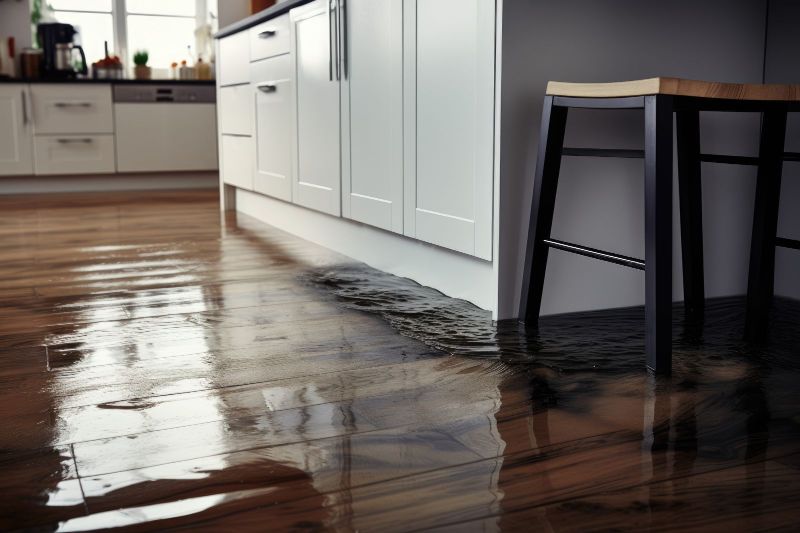Water is essential for life, but when it infiltrates your home uninvited, it can wreak havoc on your property and disrupt your life. Water damage can be caused by a variety of factors, from burst pipes and leaky roofs to natural disasters like floods. Regardless of the source, dealing with water damage is a stressful and often overwhelming experience. In this blog, we will explore the steps you need to take to recover from water damage and get your life back on track.
- Assess the Damage
The first step in the water damage recovery process is to assess the extent of the damage. This involves identifying the source of the water intrusion and determining the areas affected. In some cases, the damage may be limited to a single room, while in others, it can impact your entire home.
It's essential to turn off the water supply if the damage is due to a burst pipe or a plumbing issue. Safety should be your top priority. Ensure that the area is safe to enter, and if there is any risk of electrical hazards, turn off the power to the affected area.
- Remove Standing Water
Once you've assessed the damage and addressed any safety concerns, the next step is to remove standing water. Depending on the severity of the water damage, you may need to use pumps, wet/dry vacuums, or even buckets to remove the water. The sooner you can eliminate the standing water, the better, as it can prevent further damage and reduce the risk of mold growth.
- Dry and Dehumidify
After removing the standing water, the next critical step is to thoroughly dry and dehumidify the affected area. Use fans, dehumidifiers, and open windows to promote air circulation and speed up the drying process. Be patient; it may take several days to completely dry out the affected space. Properly drying the area is crucial to prevent mold growth, which can be a serious health hazard.
- Salvage and Clean
Depending on the severity of the water damage, you may need to discard or salvage your belongings. Salvageable items should be thoroughly cleaned and disinfected to prevent mold and bacteria growth. Upholstered furniture, clothing, and sentimental items should be a priority. For valuable or irreplaceable possessions, consider professional cleaning and restoration services.
- Inspect for Structural Damage
Water damage can compromise the structural integrity of your home. Inspect walls, floors, and ceilings for signs of structural damage. Cracks, warping, or other abnormalities may indicate a need for repairs. Don't skip this step; addressing structural issues promptly can prevent further problems down the road.
- Mold Prevention
Mold can quickly become a significant issue after water damage. To prevent mold growth, ensure that the affected area is thoroughly dried and sanitized. If mold is already present, consult with a professional mold remediation expert to safely remove it. They have the expertise and equipment to handle mold safely and effectively.
- Contact Your Insurance Provider
Most homeowner's insurance policies cover water damage caused by sudden and accidental events, such as burst pipes or storms. Contact your insurance provider to report the damage and initiate the claims process. Keep detailed records of all communication with your insurer and take photos of the damage as evidence.
- Repair and Restoration
Once the affected area is dry and mold-free, it's time to focus on repairs and restoration. Depending on the extent of the damage, this may involve replacing drywall, flooring, or other structural elements. It's essential to hire professionals for this work to ensure it's done correctly and safely.
- Prevent Future Water Damage
After going through the process of water damage recovery, it's essential to take steps to prevent future incidents. Regularly inspect your home for potential trouble spots, such as leaking pipes, faulty roofing, or poor drainage. Proper maintenance can go a long way in preventing future water damage.
Water damage can be a devastating experience, but with the right approach and professional assistance, you can recover and get your life back on track. Assess the damage, remove standing water, dry and dehumidify the area, salvage and clean your belongings, and inspect for structural damage. Mold prevention and insurance claims are crucial steps, and finally, invest in proper repair and restoration to bring your home back to its pre-damage condition. By following these steps, you can navigate the challenging process of water damage recovery and look forward to a brighter, drier future.

